The following is a very common question that comes in to SQ HQ.
“My roofline is North/South, so my largest roof areas face either East or West. I have been told that North Facing is ideal, but I have a tiny North facing roof! Can I put some solar panels on the East or West Facing roof (or both) ?”
Short Answer: Stick some (perhaps all) on the West!
Longer Answer: In terms of the amount of power produced, facing your panels East will produce exactly the same amount of power as facing them West. In either case you’ll generally take a 10-15% power hit compared to having them facing the ideal direction (North).
So why do I say “probably West” as the short answer to the question?
Well, the reason I err on the West facing roof is because that part of your roof will get the sun later in the day. An East Facing solar array will generally produce its peak power at 10-11am. A West Facing array will produce its peak at closer to 2pm.
Most people use more energy later in the day. And most people want to use as much of their solar energy as possible, without exporting it. Why? Because at the time of writing most Feed In Tariffs give you less per kWh if you export the electricity than you pay for imported electricity. So most people will pay off their solar system quicker if they minimise exports.



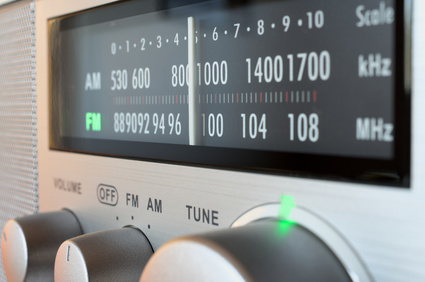
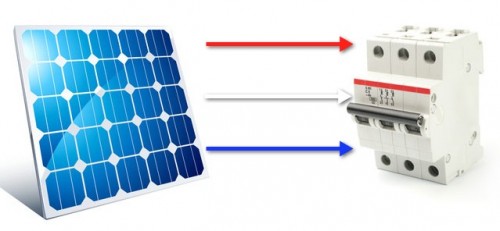
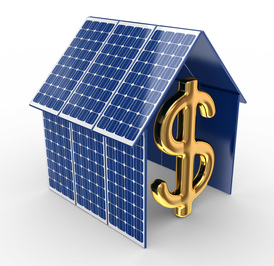

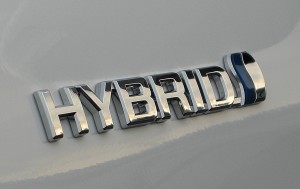

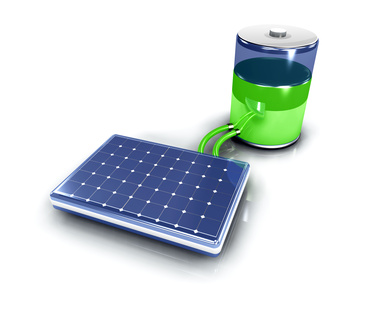
 RSS - Posts
RSS - Posts



Currently Raging Debates: